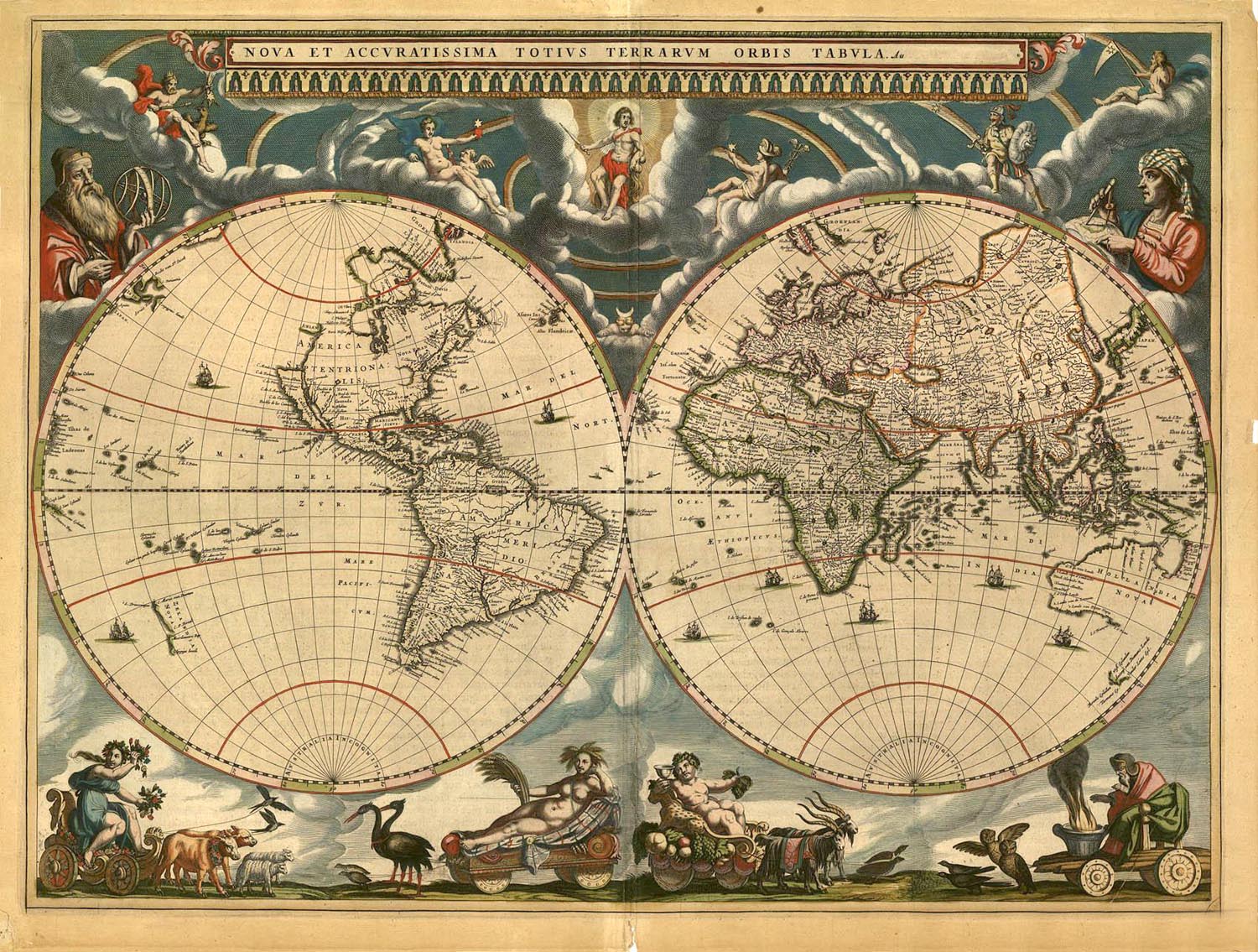I was fortunate during my first two summers of college to find full-time work at a steel shop in my hometown. It was a big place, full of dangerous machines I had never heard of. I helped out in the weld bay with a bunch of rough but good-natured guys. The hours were long and the workload intense. We made grain silos.
My second summer there actually turned into 7 months, since I was taking a year off from school and saving up money to do some traveling. So I worked in the shop for a total of 10 months, and in those 10 months I learned more than I did in the first two years of college (and maybe all four). I was lucky to work with a few guys who wanted to put me to the test, teach me things, and give me challenging things to do. The job was more like an apprenticeship.
I know I learned more in the shop than I did in college, because I can tell you the things I learned in the shop. I learned how to drive a forklift, how to operate a bridge crane, how to manage steel stock, how to read engineering drawings and mark hole layouts, how to weld, how to cut, how to punch, how to shear, and how to build things from scratch. What did I learn in Political Science 101 or Anthropology 102? I’m not sure I could name a single thing.
Defenders of higher education would argue that I was learning things in college without realizing it. I was absorbing great ideas in those classrooms, they might say, like an unwitting sponge. This claim is bogus. People know when they’re learning.
It’s not only in retrospect that I see the disparity in my college education and my work education. I saw it at the time, too. The main difference was that the things I learned in the shop had an actual purpose. People will pay money for well-fabricated steel. It adds value to the world. Learning how to make it, then, is probably worth doing.
What value did my time in classes add to the world? Most classes seemed not to have—and didn’t even purport to have—any purpose beyond the circular one of learning the material to pass the final to prove you learned the material. No wonder college students feel uninspired.
Well, learning to work with your hands is all well and good, college apologists might counter, but you also need to be learning larger concepts. Manual labor isn’t enough. Here again, the shop trumped college. There were many concepts to learn, if you were only so receptive. Like I said, I learned what it means to add value and create wealth. I also learned how things work. I learned that everything is part of a system, that everything we have is a product of human ingenuity. I also learned (significantly, considering the prevailing attitudes in universities) that business isn’t bad. Surely these concepts are more important than those taught in Introduction to Psychology.
Ah, but we need cultural enrichment, too. Few jobs can provide that. True, but college doesn’t provide much of it either. Throughout my time in school, I learned more about culture, history, science, and philosophy from the things I chose to read on my own than from what I was assigned in class. Most of what you read in college is either a creative work chosen according to someone else’s tastes or a textbook written by a committee of bored academics. Most students could do a better job of picking their own educational materials. And independent reading was a habit I continued during my time working with steel. I wasn’t missing anything.
University advocates might try to say—as a last resort—my dissatisfaction with school was my own fault. I wasn’t applying myself, or I wasn’t taking the right classes. This wasn’t the case. I really tried.
After my year off, I came back to school (with considerable reluctance) and enrolled in the engineering program. I had learned in the shop how much I enjoyed working with machines, so engineering seemed like a natural fit. What a sad disappointment that was. In my job, I had been designing and building equipment for use around the shop, and I had been processing thousands of pounds of steel a day for multimillion-dollar grain systems. In my Introduction to Design class, I was building a mousetrap car and racing it down the hall with a bunch of 18 year olds. I left the engineering program after one quarter.
The problem with universities is that even when they have students working hands-on, they have them solving contrived problems rather than real ones. How could anyone care about a mousetrap car? Who needs it? The official idea behind projects like mousetrap cars is that students learn principles of design and teamwork in an environment where error will have few consequences.
This thinking is off base. Consequences are essential to learning. Consequences are what drive us. When I started at the shop, I didn’t know how to fabricate steel plates (one of the very basic duties of my new job), but I made sure I learned as quickly as possible, because I knew that failing to do so would have real consequences—possibly for the company and certainly for me personally.
One of the best learning experiences I had there was when I started independently building equipment and reorganizing parts of the shop to make it more efficient. Talk about learning principles of design! If I didn’t get it right, I would create more problems than I had solved. But I did get it right, and there’s no way I would have bothered doing that work if it hadn’t had the consequence of making job processes smoother and—more to the point—my own job easier.
The benefit of giving young people real problems to work on is twofold: it inspires the capable and weeds out the incapable. With a project as arbitrary as a mousetrap car (or some of the other things I saw higher-level engineering students designing), it’s impossible to tell who’s got what it takes to do the work profitably. In the real world, making something that works well is only part of the process. More important is making something that people want. The test of customer satisfaction quickly reveals who excels and who doesn’t. And those who don’t excel in solving certain problems can begin looking for other ones to solve.
We should worry less about preparing kids for work before letting them do the real thing. Most teenagers could do a useful job reasonably well with only a few hours’ instruction. As they mastered menial tasks, they could be moved up to more responsible positions until they knew the work inside and out.
The work given to college students is generally infantilizing. It might be unwise to suggest to all kids, “Go out and find a job—any job—rather than going to college.” I was lucky to work in a place where I was treated as an adult and expected to deliver adult results. Many businesses, influenced by the state-mandated structure of young people’s lives, still see an 18 year old as a child. It would be great to see businesses change this thinking—to begin offering interesting apprenticeships and putting young people to real work. If they did it right, they would probably receive a great return on their investment. And there would probably be more learning taking place.


